A chiropractor is a health care professional who focuses on the diagnosis and treatment of neuromuscular disorders. There is an emphasis of treatment on manual manipulation and adjustments of the spine, although in our last video (Does Osteoporosis Rule Out Chiropractic Care?), Dr. Jeoun explains that chiropractors also focus on wellness coaching and soft tissue therapy if low bone density makes it unsafe for adjustments.
And because chiropractors commonly treat patients with musculoskeletal disorders such as osteoporosis, they are experts in the appropriate movements for bodies with low bone density. Dr. Jeoun shows us a number of exercises in the video below that are safe for people suffering from osteoporosis or low bone density. Have questions for Dr. Jeoun? Leave a comment below!
Transcript:
Monica: Hi everyone, my name is Monica and I’m a part of Team AlgaeCal. And today, we’re lucky enough to have Dr. Eric Jeoun here. Hi, Eric.
Eric: Hello, pleasure to be here.
Monica: Thank you so much. So today we’re going to talk about exercises and specific exercises from a Chiropractor. So I know a lot of times people slouch, we have bad postures. So what does that mean for low bone density and what can we do about it?
Eric: Yes. So, for…there are a few things that I’m going to go over with you. So the first thing will be…that’s very important is to have very good alignment. So posture, we’re going to talk about. So a lot of times people have hunched back, and that’s because they have very weak back muscles and they are very tight in the front, what we call the peck muscles.
A lot of people nowadays suffer from what we call the upper cross syndrome…
because they are on the desk and then they have protruded head and then they have a very hunched look to them because that again, they have very tight muscles and weak neck muscles here. So those are some of the things that we can improve on.
Alignment is very important because when you have hunched back, you have a spine that’s stacked at each other like this…
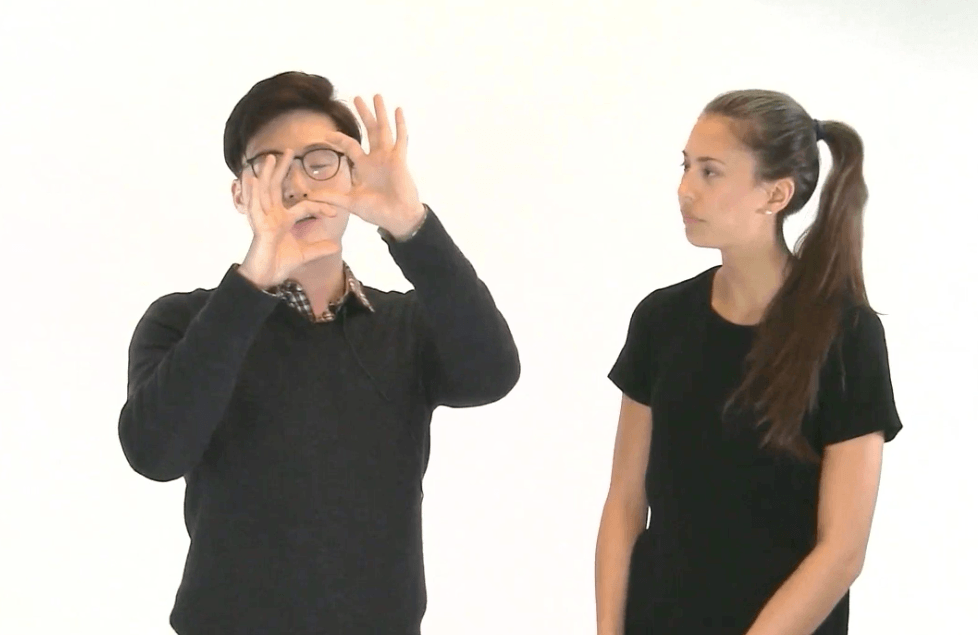
So when you have a big curve, you’re going to have a lot of stress in the front. So they keep loading on top of each other and if people have severe osteoporosis, so if they are involved in any bending and heavy lifting or twisting, or for elderly patients, just from sneezing, they can have fractured spine because they have all this load in the front and they’re constantly stressing on those bones in the front. So that’s why, if you want to avoid those hunched backs, it is important to maintain good alignment in your back.
Alignment and Postural Exercises for Osteoporosis
So for example, if I can use you as our model, Monica. So, we have here…if I can get you to look straight ahead. So in the neck, we have this nice curve, so that is what we call lordosis. So that’s going inwards, and in the back…so we should have a little bit of a hunched feel, so that’s what we called kyphosis. And then in the back, so it has to go back in, so lordosis, and so a good alignment should have all those curves there.
A lot of people…because if they have osteoporosis, they’re going to have very weak muscles in the back and they’re going to have a hunched look, just like this.
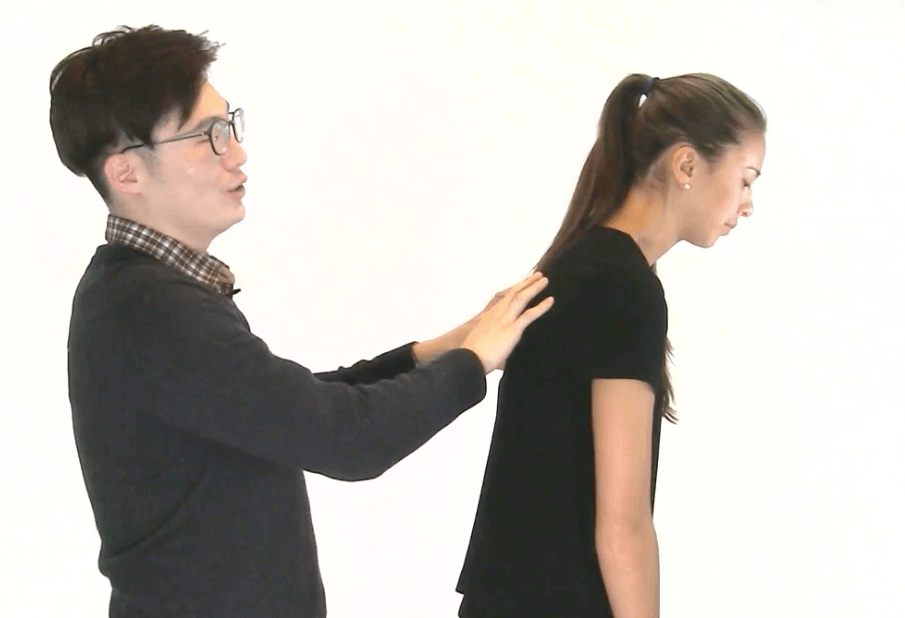
So what we can do to improve this posture is, here Monica, so what I’m going to ask you to do is…so you can still look over there and then I’m going to ask you to look straight ahead, and just have your chin leveled to the floor and then I’m going to have you pull in your chin, what we call chin tuck, great. And then pretend there’s a headrest behind you and then you’re pushing into it. So yes, can you feel that?
Monica: Yes.
Eric: That way, you can actually strengthen the neck muscles that are weak that’s causing the upper cross syndrome and you can actually have the right alignment there.
Chin Tuck
So this exercise…you can relax a little bit, Monica. So this exercise, it is very simple, and then you can do it, most people can do it because when they’re driving and you’re stopping at the red light (or at home in a full bodied chair with neck support).
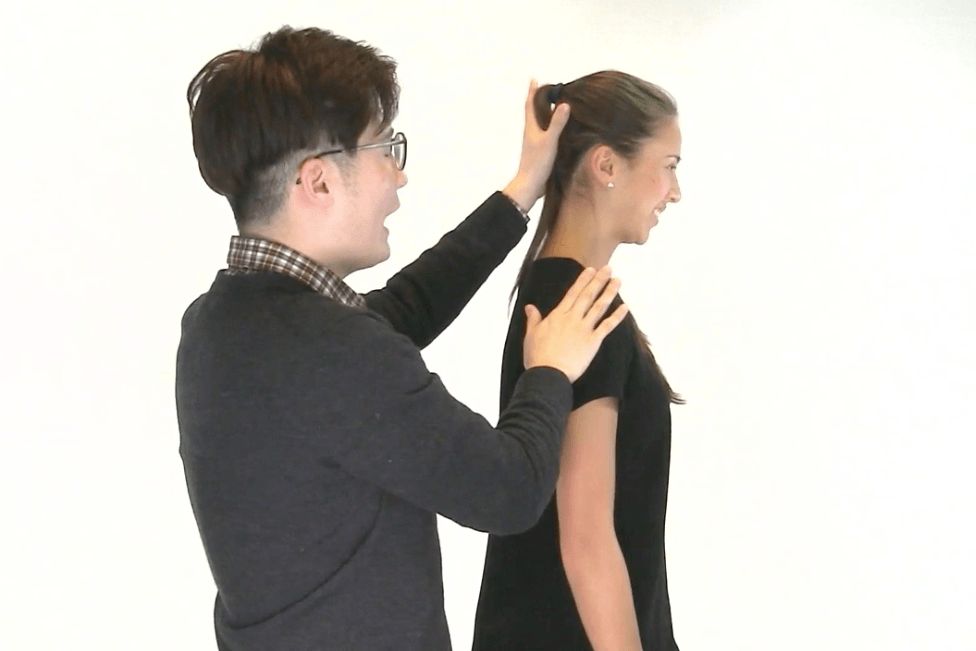
- It’s a simple chin tuck in (towards your spine)
- Then push your head back against the headrest
- Hold for 3-5 seconds
- Then release.
(Repeat 10x)
This is something that everybody can do.
Back Extensor Muscles
So right here, between your shoulder blades, so this is where the muscle that we want to focus on the most. We call it the rhomboids, all those extensor muscles in the back, so that’s what we want to strengthen.
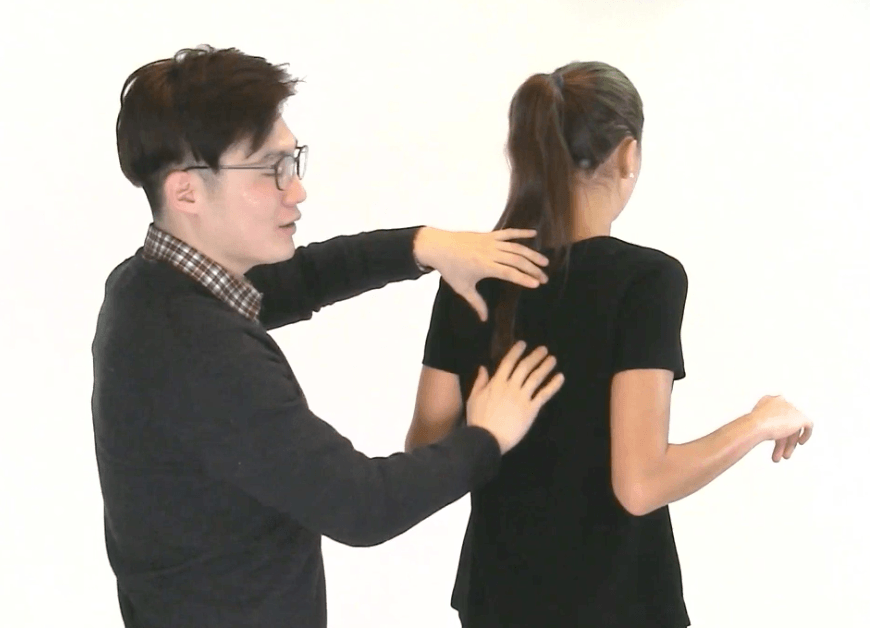
- Tapping here, people will feel and stimulate and so they can contract, sort of like rowing.
- Then you want to have your chest very open and then you want to squeeze it.
- Hold for 5-10 seconds
- Then release
(Repeat 10x)
For example, pretend like there’s a metal rod or anything like that and then you’re trying to squeeze it so it rubs between your shoulder blades.
So that way, you want to strengthen the extensor muscles and open up in the front. So you want to stretch the peg muscles that are very tight and so that’s what you can focus on.
Belly Button Core
So those are very important for proper posture, and then for the back, because the alignment is all connected, I’m going to give you a simple exercise that you can strengthen your core muscles. So I’m going to ask Monica here to, if you can just draw your belly in towards your back, to your spine. So mostly…if you look at myself, I’m going to have my belly out like this and then draw your belly button in all the way, so it feels like it’s touching your spine.
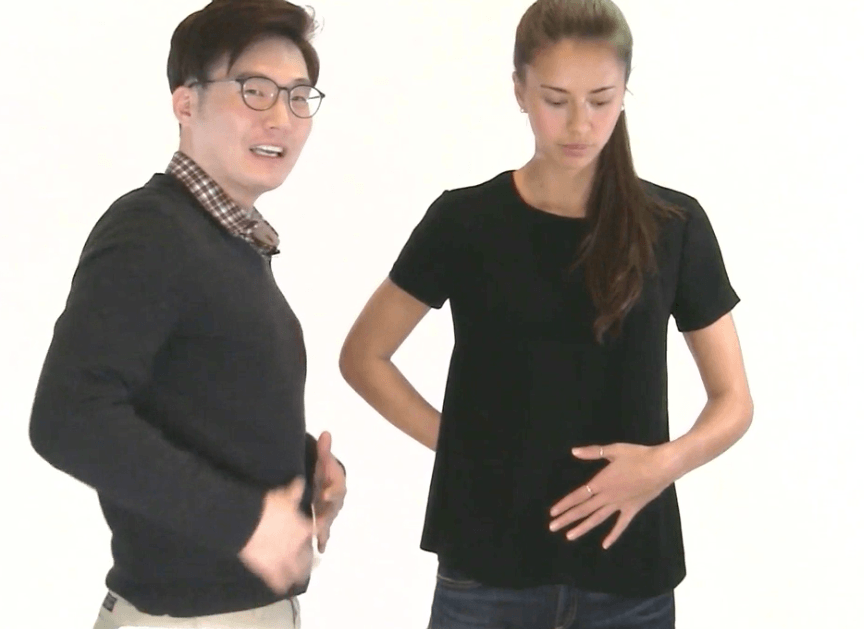
- Stand straight
- Draw your belly in towards your spine
- Hold for 5-10 seconds
- Then release
(Repeat 10x)
Can you feel? So you’re actually engaging all your core muscles there. So a lot of people get back pain because they do lifting, twisting, all those jerky movements, unexpected movements, but if you’re engaging the core muscles just by drawing your belly button in, there’s one muscle that fires first, like when there’s any back pain. So we call that transversus abdominis. So just by doing that exercise you’re going to focus on the muscle and you’re going to strengthen it, so you’re less prone for any back pain.
So those are pretty much the upper spine that we focused on, from your cervical, what we call the neck, thoracic, the back, and then lower back, which is the lumbar. And people with osteoporosis, when they go for the DEXA scan to measure their bone density, this lower back is the place, like lumbar spine, they measures bone density along with the hip.
The Importance of Weight Bearing Exercise
So we’ve talked about the posture, so the next what’s the next one that’s important is weight bearing. Weight bearing exercises can be anything from walking, running, going up a stairs, so anything that involves your weight pretty much. So why do we want to do the weight bearing exercise? That’s because your bone, you have to constantly load it to increase the bone density. So for example, if you keep rubbing your finger here for a long time, then what that is going to do is that all the bone, all the stress that you put on the bones, our body will react, so it’s going to compensate by building more bones.
So Monica’s here, she might wear high heels, so a lot of women because they have bunions, because all the stress is going to their big toe and then the bunions are forming because there is so much stress to it. So that’s like building bones, right?
So what we want to do is we want to use our weight and then we want to increase our bones. So in scientific terms, we call this Wolff’s Law. So more like, for example, you have hips, so you load them and if all those are loading, they have different axis, and then they can measure the bone density, and when you apply the weights, that’s when you’re going to increase your bone mineral density. So weight bearing exercises are very important.
The next one you shouldn’t just start weight bearing exercise, you should increase your strength because our bones are all attached to our muscles and every time you move, you’re pretty much using your muscles and then you’re stressing your bones. So it’s very important to start slow and then build your way up. So your fitness level…
It’s good to go see a Chiropractor, physiologist, or your personal trainer to have a good idea of your fitness level and then start from there because we don’t want any petite, elderly patients, customers, trying to grab like 10, 20 pounds of free weights and then start working from there.
There are always risks involved with any type of exercise, so be careful and make sure that you start slow.
With the strength training, you can use free weights and you can go to the gym to use the weight machines or you can even start from those resistance bands. So you can go from any gym or whatever, they have different color codes, that gives you different strengths and elasticity, so you can use different ones to strengthen that. So any resistance work, so that is most important.
How to Improve Your Balance (3 Simple Exercises)
Next one, we talked about posture before previously, to maintain good posture, so again without any hunched back, again, you want to open that up and then have proper alignment. The easiest way, pretend like somebody is grabbing your hair and pulling up. So Monica is taller than me so you’ve got to go up and you want to have good alignment, so that frees up all the joints and things, and then relax the muscles and things.
So the next exercise, it’s very important, especially for elderly patients, is improving your balance. So balance, because we don’t want people to suffer from hip fractures. So studies show that if you have a hip fracture, the mortality rate goes significantly high, so that’s why you want to prevent it before it happens. So what are a few things that we can do to improve your balance? Very simple. With this exercise, again, start very slow and then build your weight up.
Two Footed Balance
- So a simple one could be to standing with your feet shoulder width apart
- And then try to stand still for a few minutes and see how well you do
Some people with a poor balance might go from side to side, so if that’s the case, you start slow.
Always have a stool or a table, anything so you can hold against or anybody who can spot you for this exercise.
And the next one will be…so you can close your eyes.
Closed Eyes Balance
- Stand with your feet shoulder width apart
- Close your eyes
- Close for 10 seconds
- Then Open
(Repeat 10x
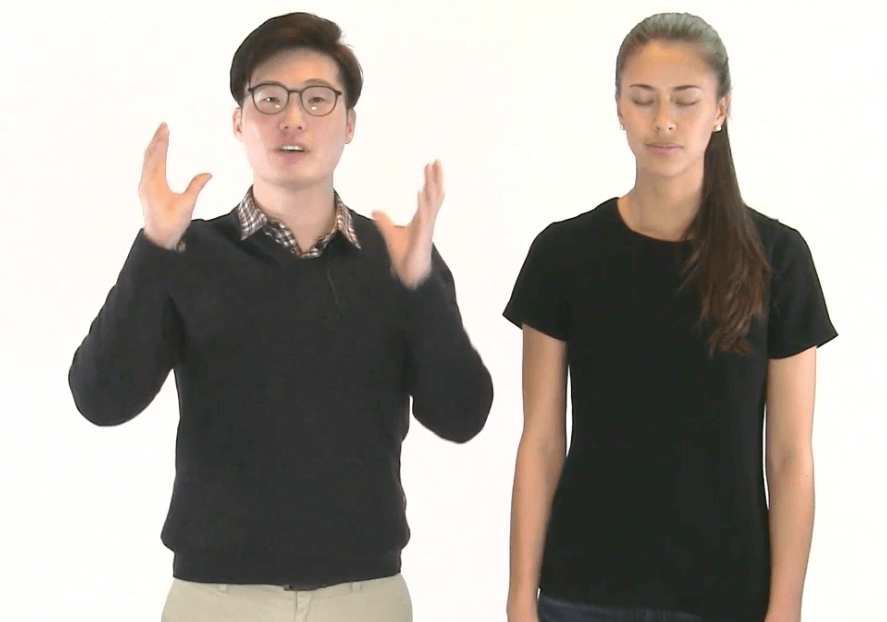
So when you close your eyes then you don’t have any perception there, so that’s why it’s going to make it more difficult.
One Footed Balance
- Gradually you may be able to increase to standing on one leg.
- Stand with your feet shoulder width apart
- Raise your right leg so it is not touching the ground (Remember to use a chair, table or have someone spot you)
- Balance for 5-10 seconds
- Switch legs
(Repeat 10x on each leg)
Once you’re okay with it, then you can actually advance to using mats, so try to go on an uneven surface. So that sort of manipulates your proprioception in your foot, so that’s why you want to increase from there. So later on, for younger people, then they can go on the wobble boards, then they can try to balance themselves, so that could be a very good exercise for them, too.
Yoga is a good exercise for balancing and things but if you have osteoporosis, you don’t want to go to extreme poses that put so much strain on your bones, so avoid that. But something like Tai Chi or lightly moderate dancing and things, those are some of the things that you can do to improve your overall balance.
Finally, Don’t Forget To Stretch!
So four things so far:
- Alignment
- Posture
- Weight Bearing Exercise
- Balance
And lastly, with any exercise, your muscles are all warmed up now, so you have to do proper cooling down, and stretching would help a lot because now there is good blood flow, and when you stretch your muscles, you’re going to improve your range of motion in all your joints. So if some people, like for example have a frozen shoulder, adhesive capsulitis, and those ones, they want to increase their range of motion. So that is important, so always try to move your body and it’s warmed up and stretching, so you improve your range of motion.
All this exercise will help you improve your bone density and it is very important to do this for your general fitness and then when you become more energetic and things, your body will have much less stress and you will feel better and then even great. So those are the kinds of exercises I recommend for people with osteoporosis.
Monica: Well thank you so much. Those are great. We always talk about weight bearing exercise, resistance training, and a lot of people forget about stretching which is so, so important. Like you said, the range of motion, and cooling down properly are so, so important. So don’t forget about stretching and thank you Dr. Eric for being here.
Eric: All right, thank you.
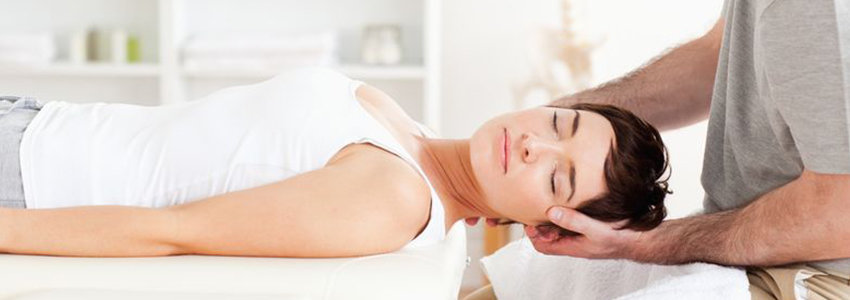




Patricia
June 3, 2016 , 5:34 amThanks for this nice simple program- I always try to stand on on foot while waiting for water to boil of my tea. I’ll add these posture exercises !